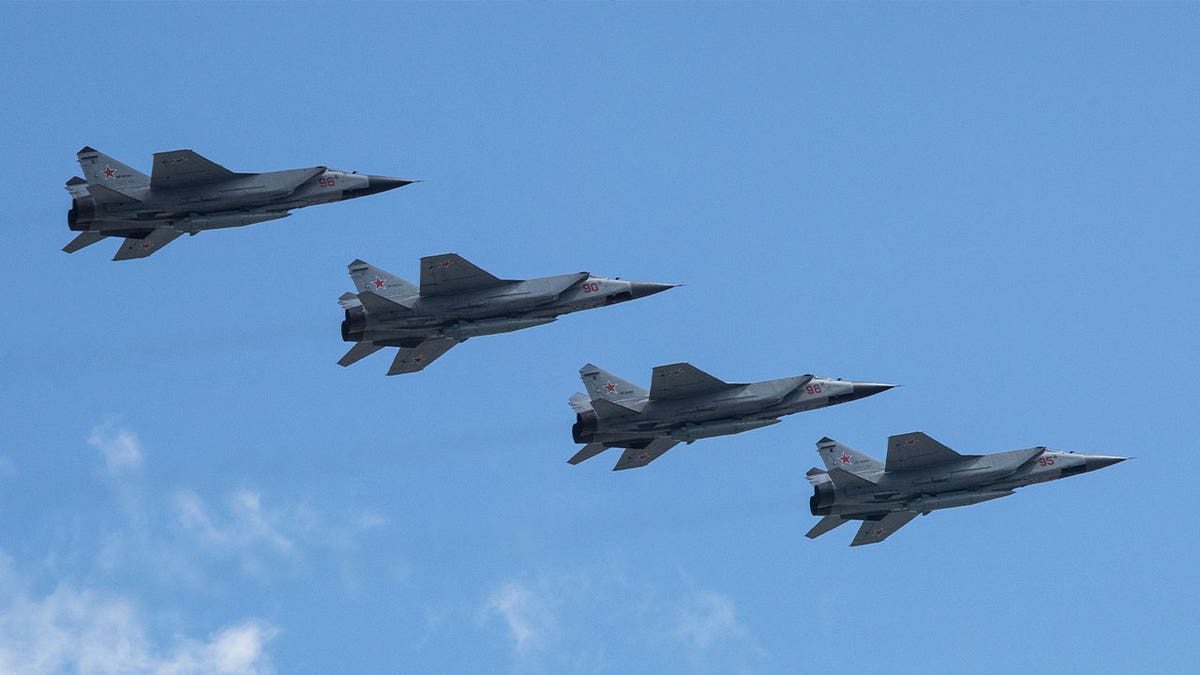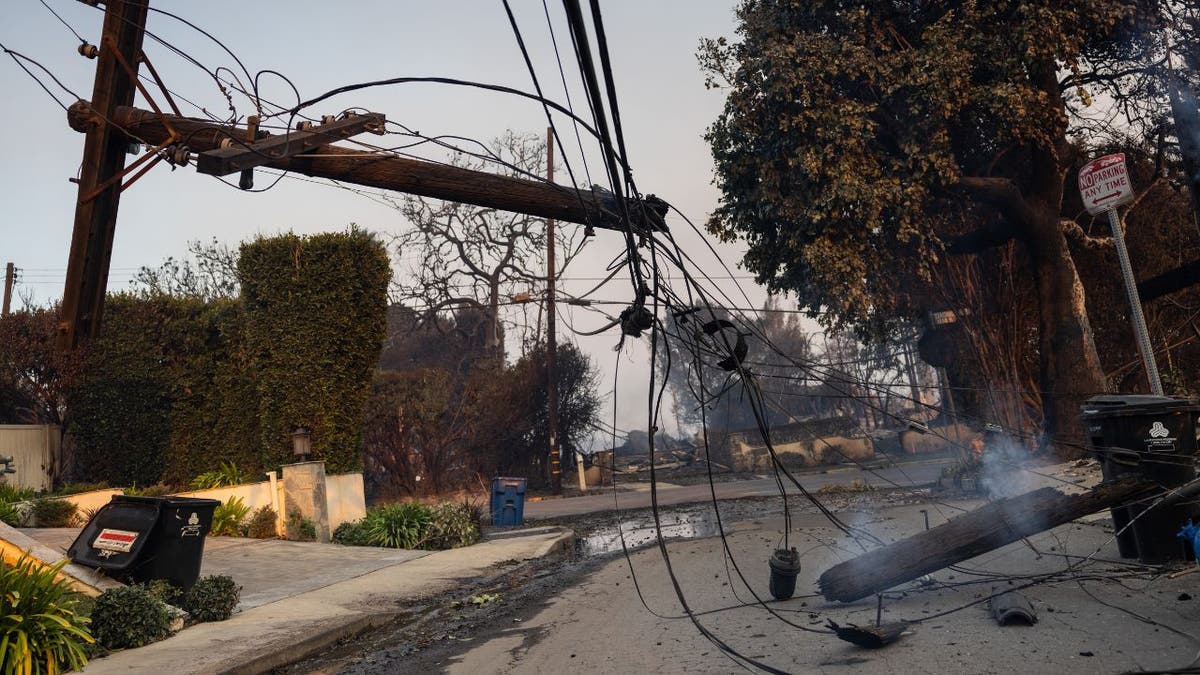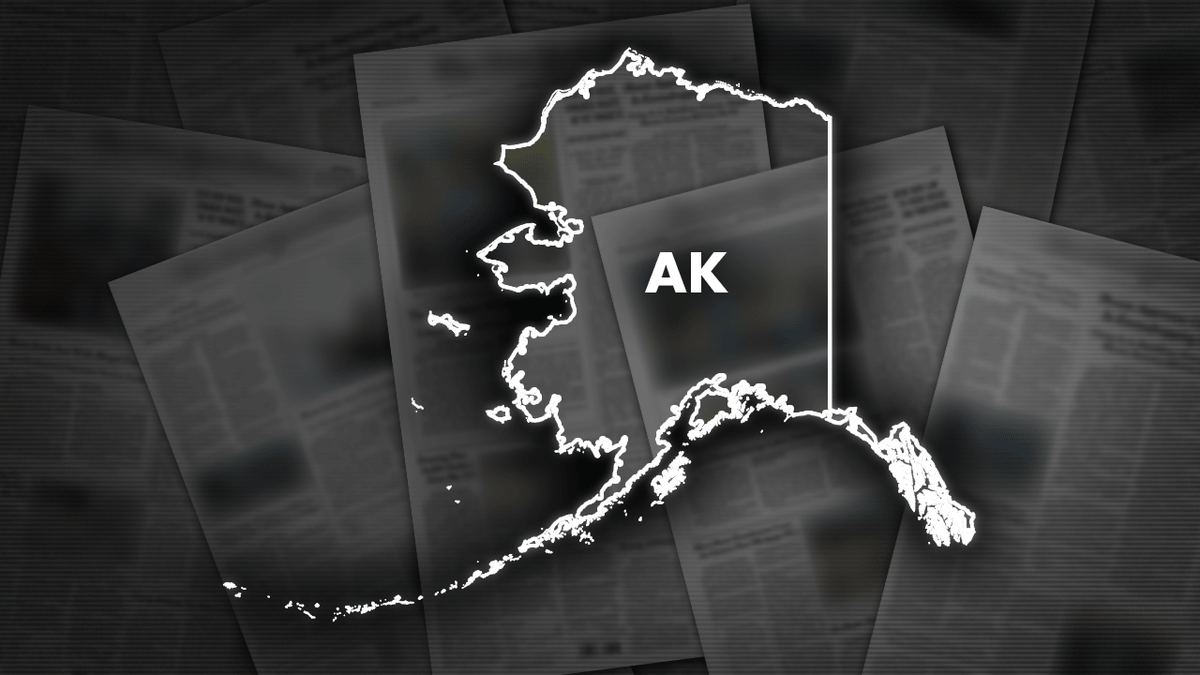Nine nuclear-armed nations continue to upgrade their arsenals, deploying new nuclear-capable weapon systems in 2022, according to a recent report by the Stockholm International Peace Research Institute (SIPRI). This modernization trend, coupled with rising geopolitical tensions, is pushing the world into a precarious period.
SIPRI estimates that as of January 2023, there were approximately 9,576 nuclear warheads in military stockpiles ready for potential use – a slight increase from the previous year. The United States, Russia, United Kingdom, France, China, India, Pakistan, North Korea, and Israel are identified as the nuclear-armed states.

China's nuclear arsenal is of particular concern, growing from an estimated 350 warheads in 2022 to 410 in 2023, with projections for continued expansion. SIPRI suggests that China could possess as many intercontinental ballistic missiles as the US or Russia by the end of the decade.
Russia's invasion of Ukraine has significantly hampered nuclear arms control efforts. The US suspended bilateral strategic stability talks with Russia, and Russia announced its suspension of participation in the New START treaty. This treaty, signed in 2010, allows for weapons site inspections and information sharing on ballistic missile placement and testing. Despite these setbacks, both countries' deployed strategic nuclear forces reportedly remained within New START limits as of January 2023.
The director of SIPRI, Dan Smith, stressed the urgency of the situation, calling for international cooperation to de-escalate tensions, slow arms races, and address the growing challenges of environmental breakdown and global hunger.








